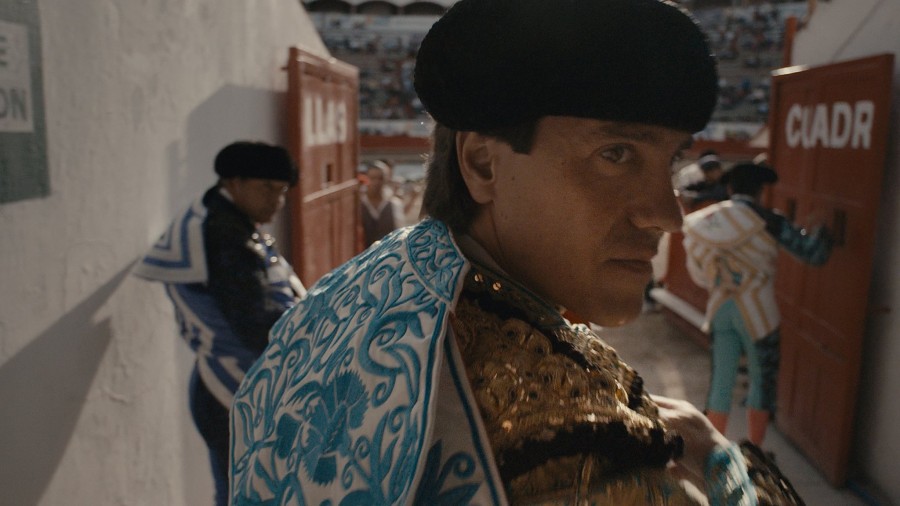‘Gored: A Love Story’ Proselytizes Allure of Bullfighting
“Gored: A Love Story” is a documentary about the world’s most gored bullfighter, Antonio Barrera.
March 9, 2016
The idea that a human being could express such unadulterated passion for their profession to the extent that it supersedes any human intimacy, is a patently fascinating foundation for a documentary film. Ido Mizrahy’s “Gored: A Love Story” operates on that supposition, and in some respects exceeds fascination in examining the life of Spanish bullfighter Antonio Barrera.
Barrera is the most gored bullfighter in the history of the sport, and the documentary takes place around the time of Barrera’s last bullfight. Barrera is giving up his craft in order to preserve the rest of his life for his wife and children, but, as the film clearly exemplifies, this is not a particularly easy decision for the torero to make. Through the perspectives of Barrera himself, his wife, father-in-law and numerous other interview subjects, the viewer gets placed in the world of bullfighting, where the relationship between bull and man holds more spiritual weight than any other.
This idea holds true and is established in many compelling scenes in the film. Mizrahy’s camerawork is stellar, particularly during Barrera’s last bullfight, with textures and colors that veer towards the dramatized rather than the documented. The shots are set up beautifully as the viewer follows Barrera rehearsing before the fight, getting dressed on the day of, driving to the arena and finally anticipating the bull in the center of the ring. These shots are procedural throughout the film but intriguing, vital insights into the parlance and pageantry of the world of bullfighting.
The spirituality and transcendence of the bullfighting ethos recurs in many of Barrera’s own testimonies. Some of the most incisive pieces of dialogue are when Barrera speaks about his own ideological views behind his profession. He claims that the relationship between him and the bull is more pure and more intimate than any relationship he has with any human. And the reason for that, he continues, is that the bull controls his fate when he is in the ring.
After Barrera attempts a risky maneuver in the ring and is viciously gored in the groin, he expresses no trepidation in recounting the memory: he recalls how beautiful it would have been for him to bleed to death at the horns of a bull in the ring. Barrera’s unbridled passion and vigor for his work surpass the marks of occupation; this is not a job for Barrera, this is a lifestyle.
The film, while immensely captivating, falters in its thematic organization. There are many different ideas that ultimately remain underdeveloped, such as the ethics of bullfighting, which receives a few minutes of recognition toward the end of the film. Similarly underdeveloped is the redemption Barrera is looking for by preserving his life for his children — a theme that resonates in the beginning but trails off almost completely towards the close. If Mizrahy had localized the film’s ambitions in a more structurally sound manner, this would have been an astounding work to behold, of a man driven to the brink of existence by what makes him feel alive. That aspiration holds in some scenes, but ultimately fails to remain cohesive throughout.
“Gored: A Love Story” is now streaming on iTunes and Amazon.
Email Bradley Alsop at [email protected].


























































































































































